Home>Health & Lifestyle>Mindfulness & Relaxation Spaces>What Can You Put In A Diffuser Besides Oil
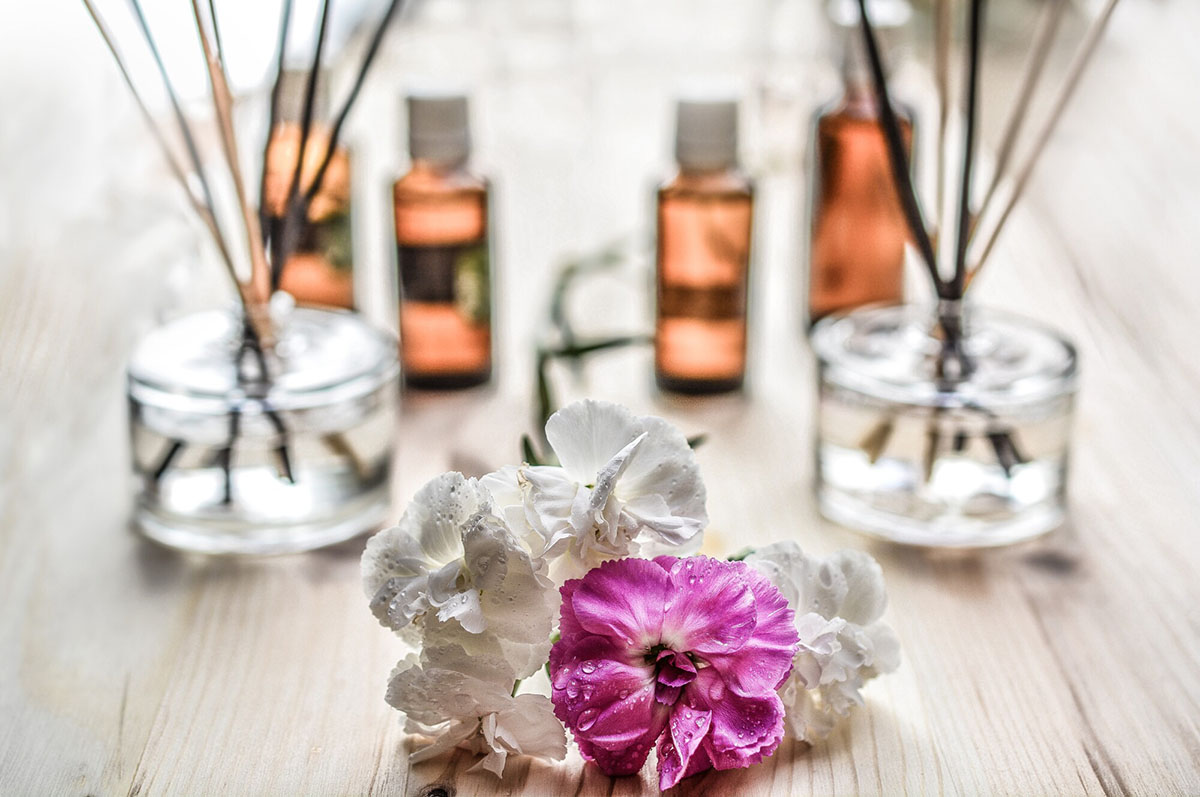

Mindfulness & Relaxation Spaces
What Can You Put In A Diffuser Besides Oil
Modified: January 9, 2024
Discover alternative diffuser ingredients for creating mindfulness and relaxation spaces. Explore unique options beyond oils. Elevate your diffuser experience.
(Many of the links in this article redirect to a specific reviewed product. Your purchase of these products through affiliate links helps to generate commission for Storables.com, at no extra cost. Learn more)
Introduction
Welcome to the world of aromatherapy, where the soothing scents of essential oils can transform your space into a sanctuary of tranquility. Aromatherapy diffusers are renowned for their ability to disperse delightful fragrances, creating an atmosphere conducive to relaxation, focus, and overall well-being. While essential oils are the primary choice for diffuser blends, there are numerous other substances that can be used to create captivating aromas and therapeutic experiences.
In this article, we will explore various alternatives to essential oils that can be used in a diffuser. From water-based blends to citrus peels and herbal infusions, you’ll discover a plethora of options to elevate your aromatherapy game. Whether you’re looking to experiment with new scents or seeking alternatives due to personal preferences or sensitivities, these alternatives offer a diverse range of aromatic possibilities. Let’s delve into the world of non-oil diffuser blends and unlock the potential of these delightful concoctions.
Key Takeaways:
- Discover a world of aromatic possibilities beyond essential oils with water-based, vinegar-based, and alcohol-based diffuser blends. Embrace natural alternatives like citrus peels, herbs, and resin incense for a sensory journey filled with creativity and wellness.
- Elevate your space with captivating scents using non-oil diffuser blends. From herbal infusions to floral waters and essential oil alternatives, explore a rich tapestry of aromas for relaxation, invigoration, and delightful olfactory experiences.
Read more: What Can You Feed Birds Besides Bird Seed
Water-Based Aromatherapy Blends
Water-based aromatherapy blends provide a simple and versatile alternative to essential oils. By combining water with various natural ingredients, you can create refreshing and fragrant mists that are perfect for diffusing. One popular option is to infuse distilled water with herbs such as lavender, rosemary, or mint. Simply steep the herbs in hot water, allow the mixture to cool, and then pour it into your diffuser. The gentle, herbaceous scents released by this method can evoke a sense of calm and relaxation.
Another delightful water-based option involves using hydrosols, which are aromatic waters produced during the steam distillation of plants. Hydrosols, such as rose or chamomile water, carry the therapeutic properties and subtle fragrances of the plants from which they are derived. These gentle, water-based solutions can be directly added to your diffuser for a delicate and nuanced aromatic experience.
Furthermore, creating your own custom water-based blends allows for endless creativity. You can incorporate a variety of ingredients, including floral waters, herbal infusions, and even a touch of alcohol or vinegar for enhanced diffusion. The beauty of water-based aromatherapy blends lies in their adaptability and the opportunity to craft unique scents tailored to your preferences.
Vinegar-Based Aromatherapy Blends
While the thought of using vinegar in aromatherapy may seem unconventional, vinegar-based blends offer a distinctive way to introduce invigorating scents into your surroundings. Apple cider vinegar, known for its myriad health benefits, can also serve as a base for creating aromatic concoctions. When combined with essential oils, herbs, or spices, it can produce delightful and cleansing scents that are perfect for diffusing.
To create a vinegar-based aromatherapy blend, start by diluting apple cider vinegar with water in a 1:1 ratio. Next, add a few drops of your preferred essential oils, such as citrus oils for a revitalizing blend or lavender for a calming aroma. You can also incorporate herbs like rosemary or thyme to infuse an earthy, herbaceous note into the blend. Once mixed, this solution can be added to your diffuser, where the vinegar will help disperse the aromatic molecules, filling the air with a refreshing and purifying fragrance.
One of the advantages of vinegar-based blends is their ability to neutralize odors and freshen the air. The acidic nature of vinegar can help combat unwanted smells, making it an excellent choice for creating a clean and revitalizing atmosphere in your home or workspace. Additionally, the versatility of vinegar-based blends allows for endless experimentation, enabling you to tailor the scents to suit different moods and occasions.
Alcohol-Based Aromatherapy Blends
Alcohol-based aromatherapy blends offer a unique and effective way to disperse captivating scents throughout your environment. By utilizing high-proof alcohol, such as vodka or perfumers alcohol, in combination with essential oils and other aromatic ingredients, you can create potent and long-lasting diffuser blends.
To craft an alcohol-based aromatherapy blend, begin by selecting a high-proof alcohol, which acts as a superb carrier for essential oils and other aromatic substances. The alcohol serves to evaporate quickly, carrying the scent molecules into the air and ensuring a robust and enduring fragrance. When combining the alcohol with essential oils, you can experiment with various scent profiles, from floral and citrusy to woody and spicy, to achieve your desired aromatic composition.
One popular method involves creating a tincture by macerating fragrant botanicals, such as vanilla beans, cinnamon sticks, or dried citrus peels, in alcohol. This process allows the alcohol to extract the aromatic compounds from the botanicals, resulting in a concentrated and potent solution that can be added to your diffuser for a captivating olfactory experience.
Furthermore, alcohol-based blends are known for their ability to disperse scents efficiently and uniformly, making them ideal for larger spaces. The evaporation of alcohol facilitates the even distribution of fragrance, ensuring that the aromatic notes permeate the air, creating a harmonious and immersive sensory environment.
When using alcohol-based blends, it’s important to exercise caution and ensure proper ventilation, especially in enclosed spaces. Additionally, be mindful of any sensitivities or allergies to alcohol-based scents and adjust the concentration of the blend accordingly.
Carrier Oils
Carrier oils, renowned for their use in diluting and enhancing the application of essential oils, also offer a compelling alternative for diffuser blends. These natural, nourishing oils serve as an excellent medium for delivering aromas, providing a gentle and sustained diffusion of scents throughout your space.
When using carrier oils in a diffuser, it’s important to select oils with low viscosity and a mild aroma, as they will effectively disperse the added essential oils while imparting their own subtle fragrance. Popular carrier oils such as fractionated coconut oil, sweet almond oil, and jojoba oil are well-suited for this purpose, offering a neutral base that allows the aromatic notes to shine through.
To create a carrier oil-based diffuser blend, simply combine your chosen carrier oil with a selection of essential oils, adjusting the ratio to achieve your desired scent intensity. This method allows for a customizable and long-lasting diffusion of aromas, ensuring that the fragrance permeates the air gently and consistently.
Additionally, carrier oils possess moisturizing and skin-nourishing properties, making them a wonderful choice for diffusing scents while simultaneously promoting a sense of well-being. The subtle aroma of the carrier oil, combined with the added essential oils, can create a soothing and comforting ambiance, perfect for relaxation and unwinding after a long day.
Furthermore, the use of carrier oils in diffuser blends offers an opportunity to explore unique scent combinations and tailor the aromatic experience to suit your preferences. Whether you prefer floral, herbal, or woody fragrances, carrier oils provide a versatile and enriching medium for creating captivating and personalized aromatherapy blends.
You can put water and a few drops of essential oil in a diffuser to create a fragrant mist. You can also use a carrier oil like sweet almond or jojoba to dilute the essential oil for a milder scent.
Read more: What To Put In Vases Besides Flowers
Floral Waters
Floral waters, also known as hydrosols, are gentle and aromatic by-products of the steam distillation process used to extract essential oils from flowers and plants. These fragrant waters carry the subtle essence and therapeutic properties of the botanicals from which they are derived, offering a delightful alternative for creating captivating aromas in a diffuser.
One of the remarkable qualities of floral waters is their delicate and nuanced scents, which can evoke a sense of tranquility and natural beauty. Hydrosols such as rose water, lavender water, and neroli water possess captivating floral notes that can infuse your space with a serene and uplifting ambiance. When used in a diffuser, floral waters disperse gentle, evocative fragrances, creating a soothing and harmonious environment.
Furthermore, the use of floral waters in aromatherapy blends offers a holistic approach to scent diffusion, as these waters contain trace amounts of essential oil compounds along with water-soluble components. This unique composition allows for a subtle and balanced release of aromatic molecules, contributing to a multi-dimensional olfactory experience that is both refreshing and emotionally uplifting.
Floral waters can be used on their own in a diffuser, providing a pure and unadulterated representation of the botanical source, or they can be combined with other aromatic substances to create custom blends. By blending floral waters with essential oils, herbal infusions, or citrus extracts, you can craft intricate and captivating scent compositions that cater to your individual preferences and moods.
Embracing the use of floral waters in diffuser blends introduces an element of natural elegance and sensory delight to your aromatherapy practice. Whether you seek the calming embrace of lavender, the romantic allure of rose, or the uplifting essence of neroli, floral waters offer a diverse and enchanting array of scents to enrich your living space.
Herbal Infusions
Herbal infusions provide a delightful and aromatic alternative for creating captivating scents in a diffuser. By harnessing the natural essences of herbs and botanicals, you can craft unique and evocative blends that infuse your space with refreshing and therapeutic fragrances.
To create an herbal infusion for use in a diffuser, start by selecting a combination of dried herbs and botanicals known for their aromatic qualities. Herbs such as lavender, rosemary, chamomile, and peppermint are popular choices for infusions, each offering distinct scents and potential therapeutic benefits. Once you have chosen your herbs, place them in a heat-resistant container and cover them with hot water, allowing the mixture to steep and release its fragrant oils and compounds.
Once the infusion has cooled, it can be added to your diffuser, where the gentle diffusion process will disperse the herbal scents throughout your environment, creating a tranquil and uplifting atmosphere. Herbal infusions offer a natural and earthy aromatic experience, allowing you to connect with the essence of the botanical world and enjoy the therapeutic benefits of the infused herbs.
Furthermore, the versatility of herbal infusions allows for endless experimentation and customization. You can blend different herbs to create unique scent profiles, combining floral, woody, and herbal notes to craft personalized aromas that resonate with your preferences and sensory inclinations. Whether you seek a calming and grounding infusion or a revitalizing and invigorating blend, herbal infusions offer a diverse range of aromatic possibilities.
Embracing herbal infusions in your aromatherapy practice introduces an element of natural simplicity and sensory richness to your living space. The gentle and authentic scents of herbs can evoke a deep sense of connection to the natural world, fostering a serene and rejuvenating ambiance that enhances your overall well-being.
Citrus Peels and Herbs
Citrus peels and herbs offer a vibrant and invigorating alternative for infusing your space with refreshing and uplifting aromas. The zesty and aromatic oils present in citrus peels, combined with the fragrant essences of various herbs, create dynamic and revitalizing diffuser blends that awaken the senses and elevate the atmosphere.
To create a citrus peel and herb-based blend for your diffuser, start by collecting organic citrus fruits such as oranges, lemons, or grapefruits, ensuring that the peels are free from any wax or pesticides. Using a fine grater or peeler, carefully remove the outer zest of the citrus fruits, being mindful to extract only the colorful outer layer, which is rich in aromatic essential oils.
Once you have gathered the citrus peels, consider incorporating fragrant herbs such as rosemary, thyme, or basil to complement the citrusy notes and add depth to the blend. These aromatic herbs contribute earthy and herbaceous undertones that harmonize beautifully with the bright and zesty citrus aromas, creating a balanced and captivating olfactory experience.
After preparing the citrus peels and herbs, place them in your diffuser, allowing the gentle diffusion process to release their invigorating scents into your environment. The combination of citrus peels and herbs yields a refreshing, energizing, and mood-lifting aroma that can brighten your space and evoke a sense of vitality and positivity.
Furthermore, the use of citrus peels and herbs in diffuser blends offers a natural and uplifting olfactory experience that can enhance your mood and promote a sense of well-being. The bright and citrusy notes, coupled with the herbaceous and aromatic qualities of the herbs, create a multi-dimensional and harmonious aromatic composition that enlivens your surroundings.
Embracing the vibrant scents of citrus peels and herbs in your aromatherapy practice introduces an element of freshness and vitality to your living space. Whether you seek a burst of energy and positivity or a revitalizing and uplifting ambiance, citrus peels and herbs offer a delightful and invigorating array of scents to elevate your sensory experience.
Essential Oil Alternatives
While essential oils are widely celebrated for their aromatic and therapeutic properties, there are several compelling alternatives that can be used to create captivating diffuser blends. These alternatives offer diverse scent profiles and unique aromatic experiences, providing an array of options for individuals who may have sensitivities to essential oils or simply wish to explore new olfactory dimensions.
One notable alternative to essential oils is the use of resin incense, such as frankincense or myrrh, in a diffuser. Resin incense offers deep, rich, and grounding scents that can evoke a sense of sacredness and tranquility. When gently heated in a diffuser, resin incense releases fragrant smoke that permeates the air, creating a serene and contemplative ambiance.
Fragrant spices, such as cinnamon, cloves, and cardamom, also serve as compelling alternatives to essential oils. These aromatic spices can be gently heated in a diffuser, releasing warm and inviting scents that infuse your space with cozy and comforting aromas. The spicy and aromatic notes of these spices create a welcoming and nurturing environment, perfect for creating a sense of warmth and hospitality.
Furthermore, dried botanicals, such as lavender buds, rose petals, and jasmine flowers, can be used in a diffuser to impart their delicate and alluring scents. When gently heated, these botanicals release their natural fragrances, filling the air with the gentle and evocative aromas of the natural world. The use of dried botanicals offers a charming and enchanting alternative to essential oils, allowing you to connect with the beauty and tranquility of nature.
Candles scented with natural fragrances, such as beeswax or soy candles infused with essential oils, offer an alternative method for introducing captivating scents into your environment. When lit, these candles release subtle and soothing aromas, creating a warm and inviting ambiance that promotes relaxation and serenity.
Embracing essential oil alternatives in your aromatherapy practice opens the door to a diverse and enriching array of scents, each offering its own unique olfactory experience. Whether you are drawn to the grounding presence of resin incense, the comforting aroma of fragrant spices, or the delicate fragrance of dried botanicals, these alternatives provide a rich tapestry of scents to enhance your sensory journey.
Conclusion
Exploring the world of non-oil diffuser blends reveals a rich tapestry of aromatic possibilities, offering an array of alternatives to traditional essential oils. From water-based blends and vinegar-based concoctions to the invigorating scents of citrus peels and herbs, the realm of non-oil diffuser options is brimming with creativity and sensory delight.
By embracing water-based aromatherapy blends, individuals can craft refreshing and herbaceous mists that evoke a sense of calm and tranquility. The adaptability of water-based blends allows for endless experimentation, offering a versatile canvas for creating custom scents tailored to individual preferences.
Vinegar-based aromatherapy blends provide a distinctive approach to diffuser concoctions, offering cleansing and purifying scents that neutralize unwanted odors while infusing the air with revitalizing fragrances. The versatility of vinegar-based blends invites exploration and creativity, allowing for the creation of invigorating and refreshing aromatic compositions.
Alcohol-based aromatherapy blends offer a potent and enduring method for dispersing captivating scents throughout the environment. The evaporation of alcohol ensures the uniform distribution of fragrance, creating a harmonious and immersive sensory experience that enriches the ambiance of the space.
Furthermore, the use of carrier oils, floral waters, herbal infusions, and citrus peels and herbs in diffuser blends offers a diverse and enchanting array of scents to elevate the sensory experience. These alternatives present unique olfactory dimensions, each contributing to a multi-dimensional and harmonious aromatic composition that enlivens the surroundings.
Essential oil alternatives, such as resin incense, fragrant spices, dried botanicals, and scented candles, open the door to a diverse and enriching array of scents, each offering its own unique olfactory experience. These alternatives provide a rich tapestry of aromas, allowing individuals to connect with the beauty and tranquility of nature while enhancing their sensory journey.
As you embark on your aromatic exploration, consider experimenting with these non-oil diffuser blends to discover the captivating scents and therapeutic benefits they offer. Whether you seek relaxation, invigoration, or simply a delightful olfactory experience, the world of non-oil diffuser blends invites you to embark on a sensory journey filled with creativity, wellness, and sensory delight.
Frequently Asked Questions about What Can You Put In A Diffuser Besides Oil
Was this page helpful?
At Storables.com, we guarantee accurate and reliable information. Our content, validated by Expert Board Contributors, is crafted following stringent Editorial Policies. We're committed to providing you with well-researched, expert-backed insights for all your informational needs.
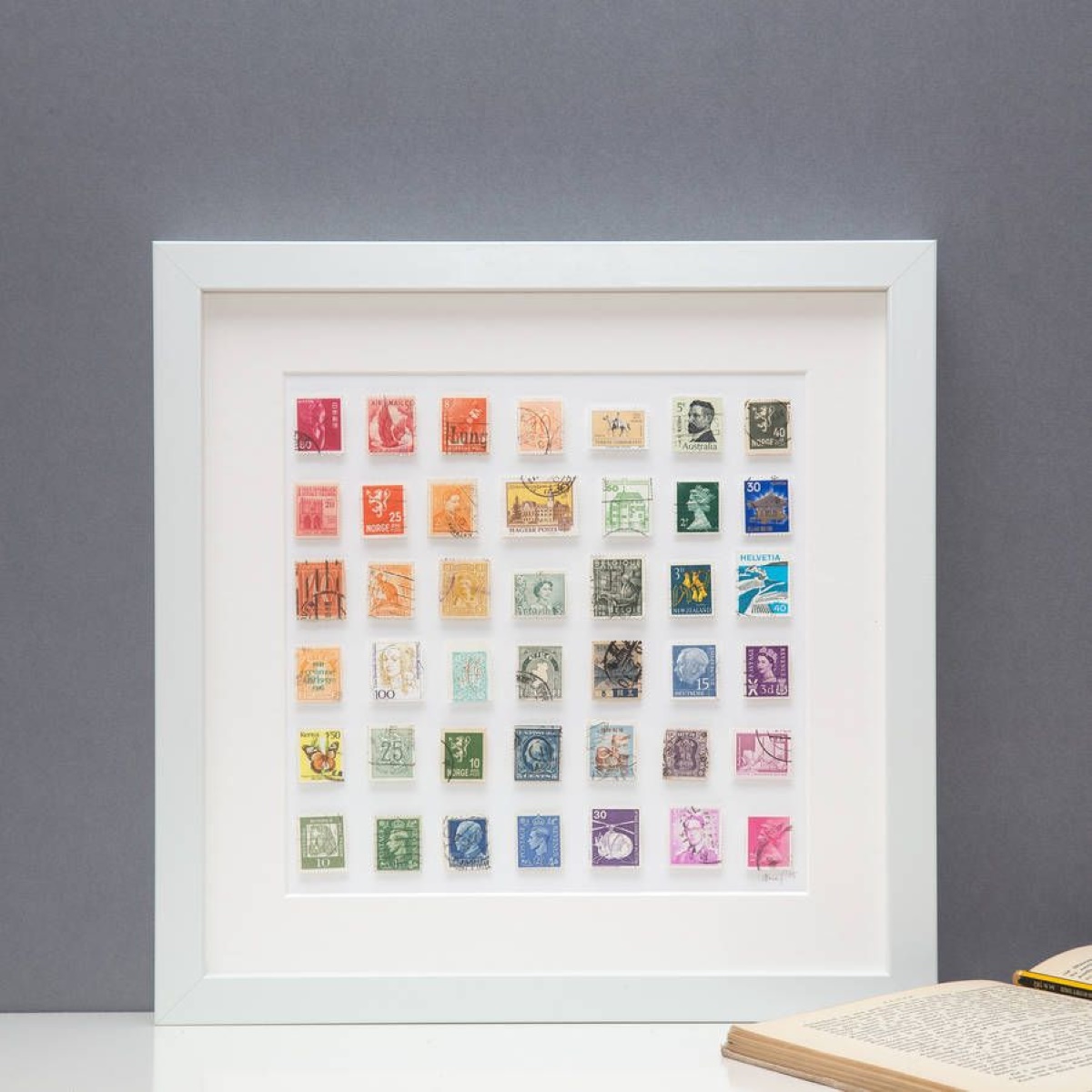
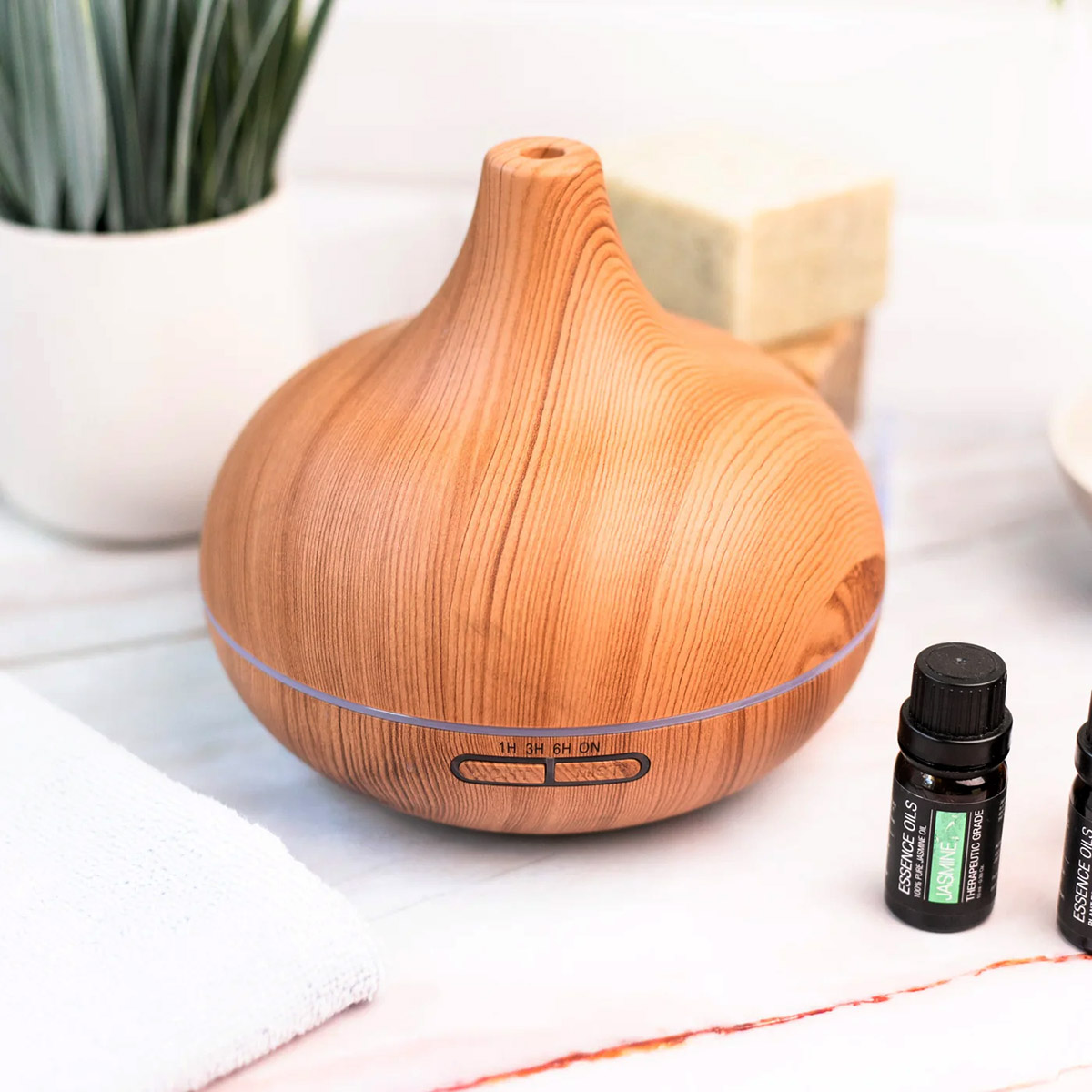
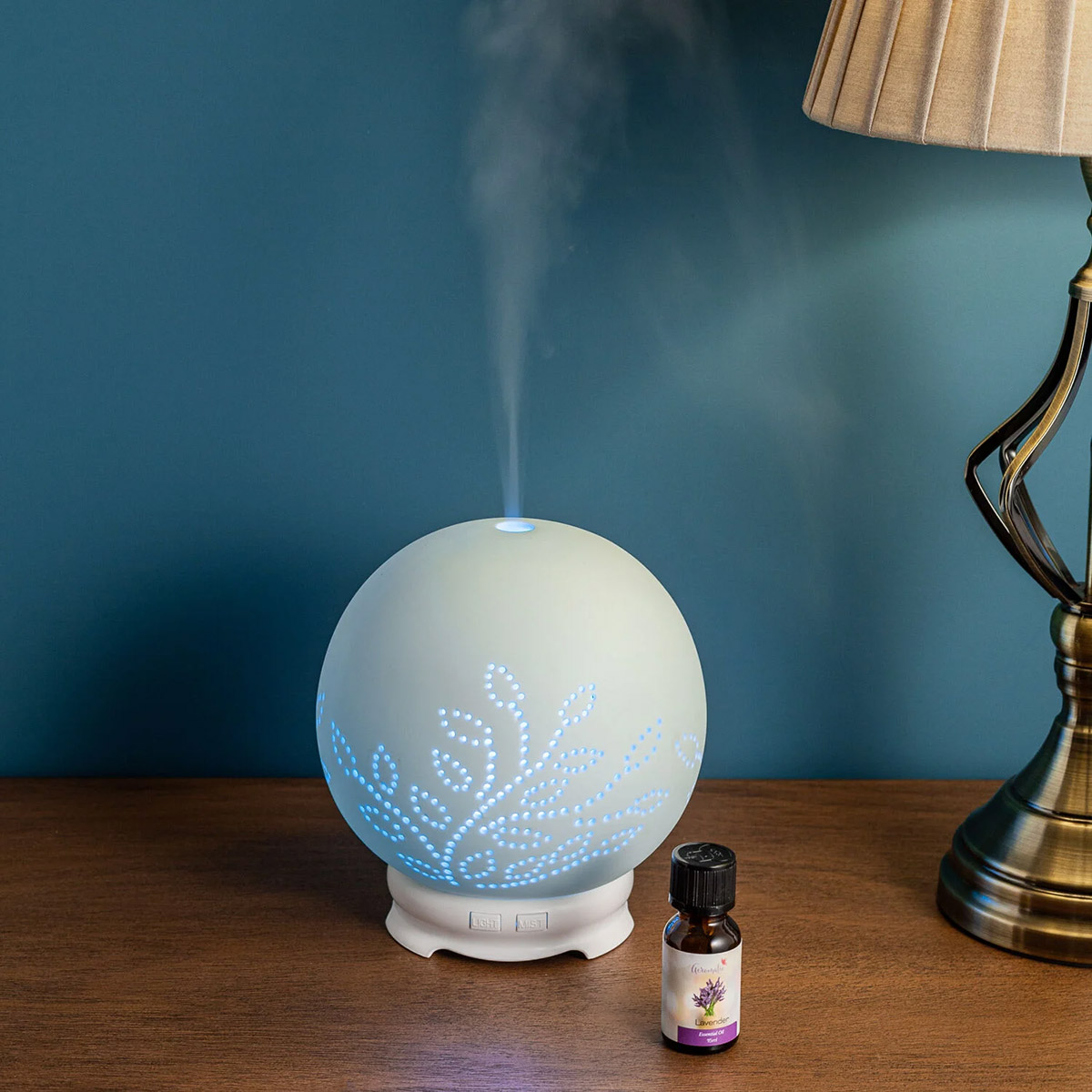

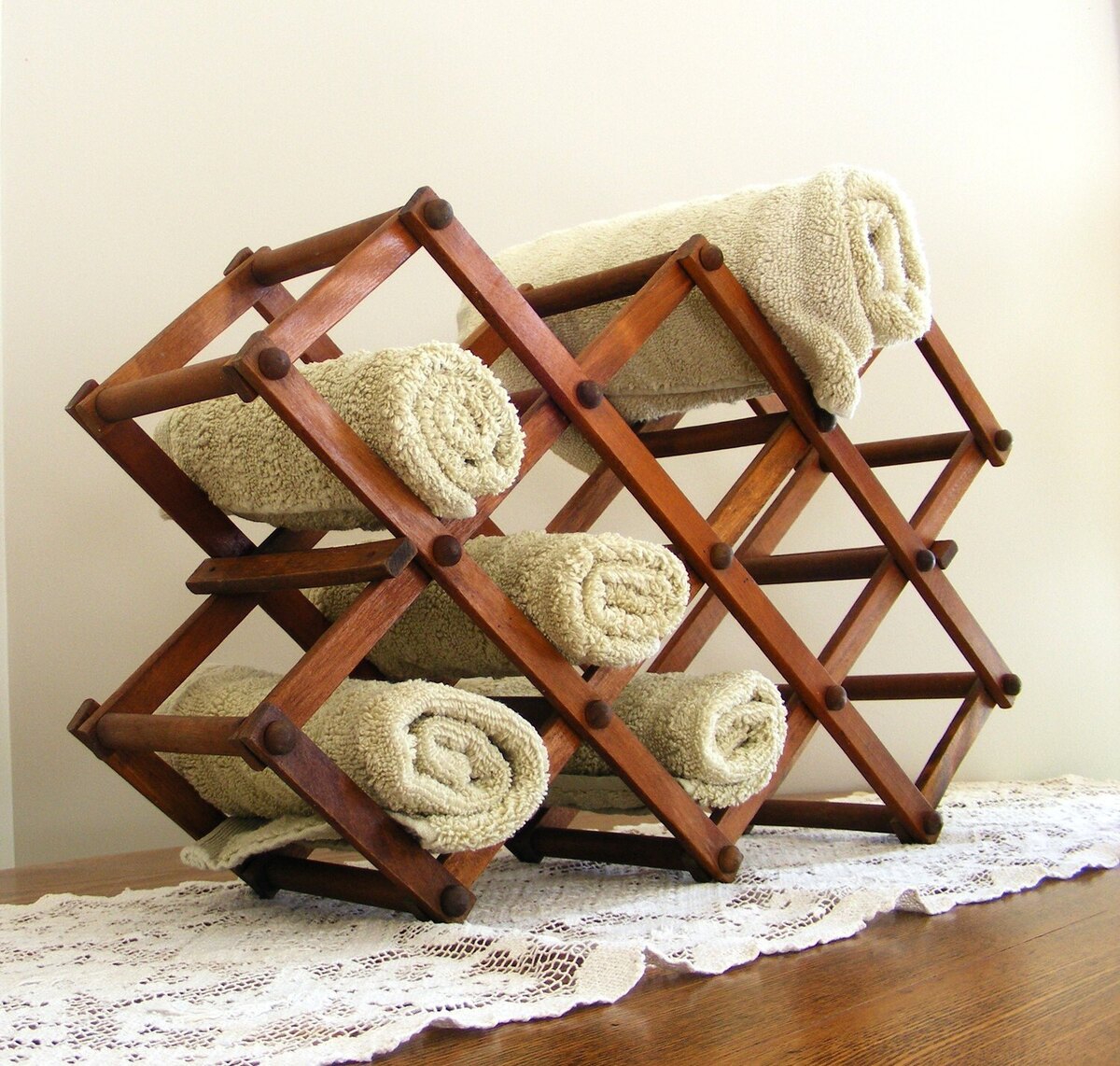

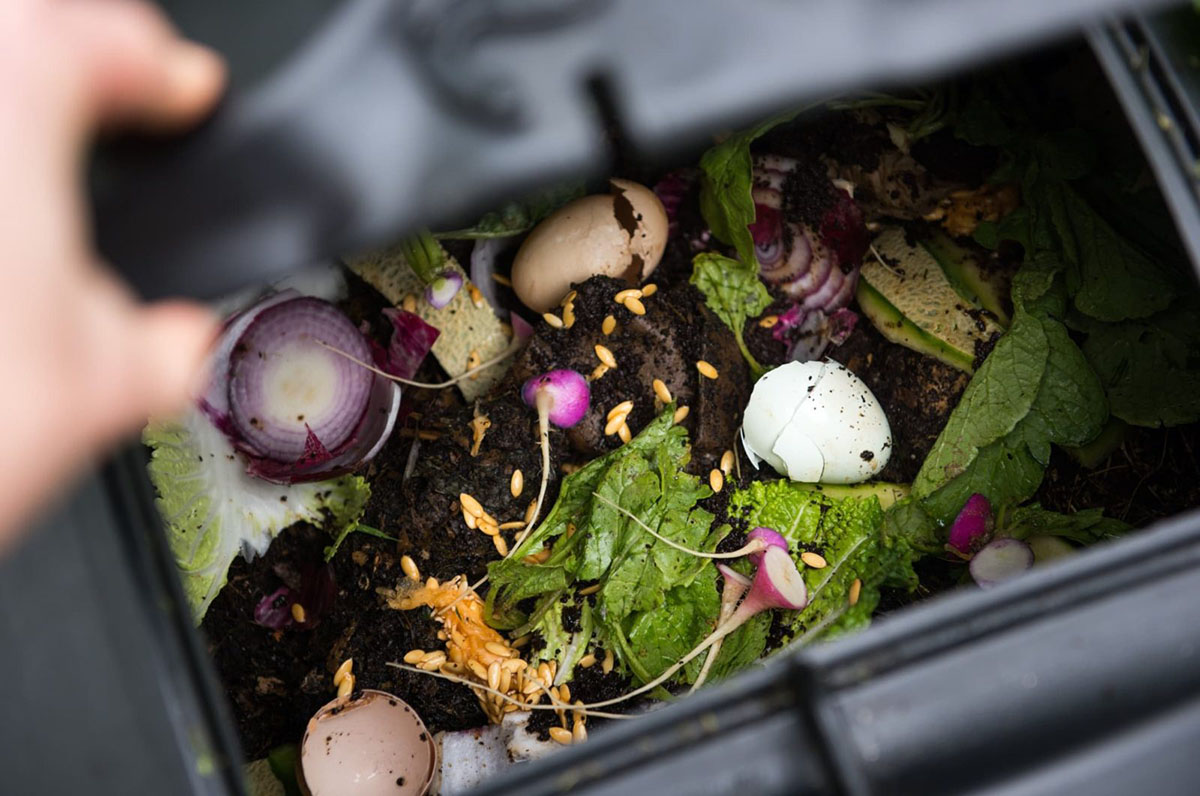
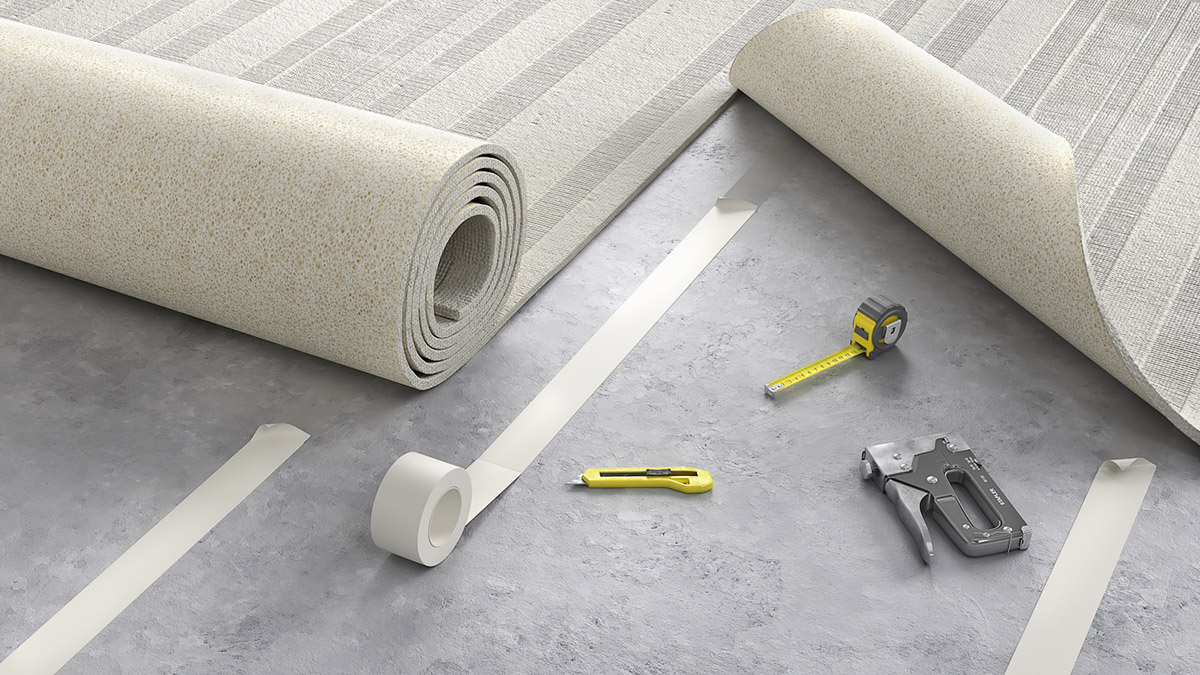
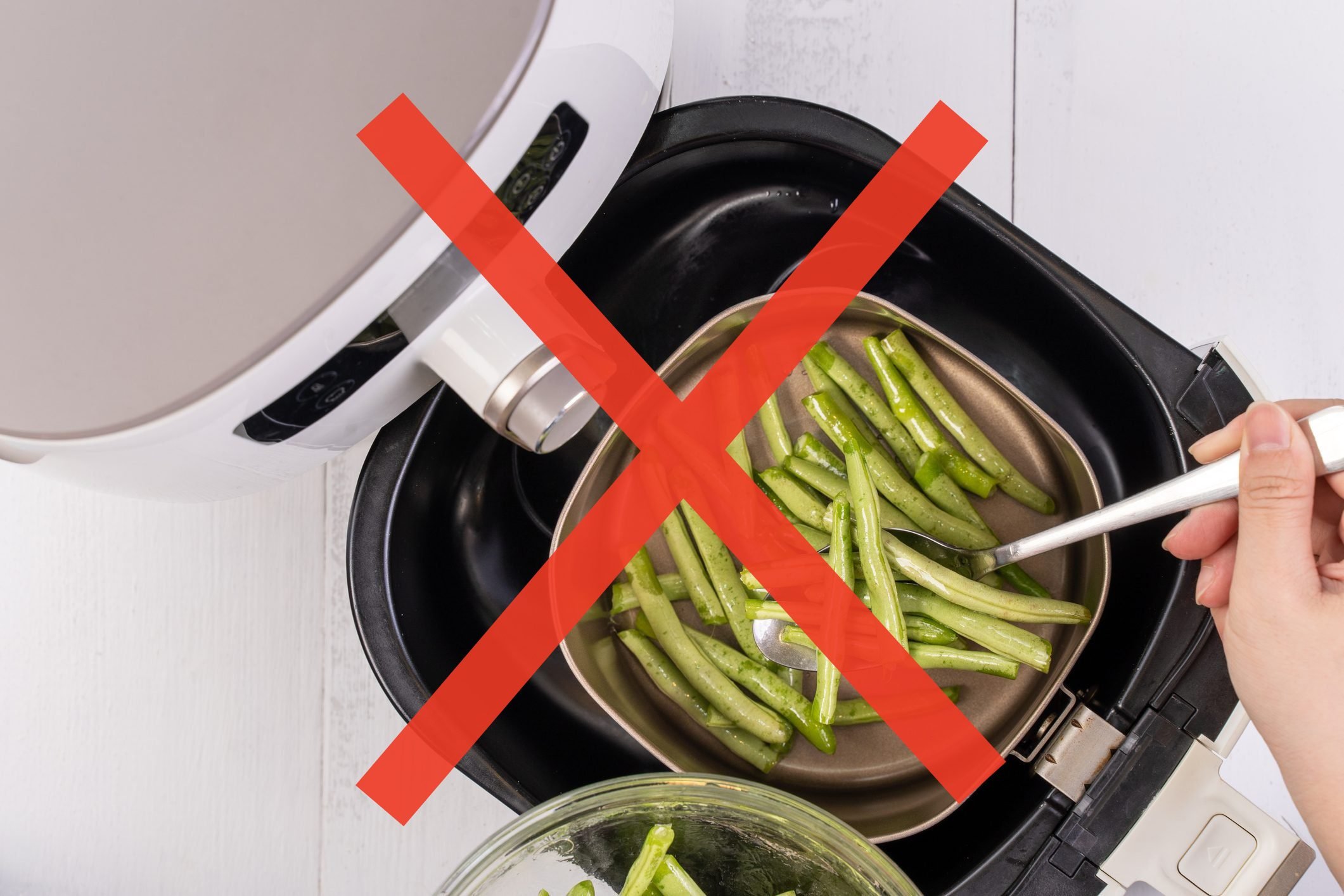
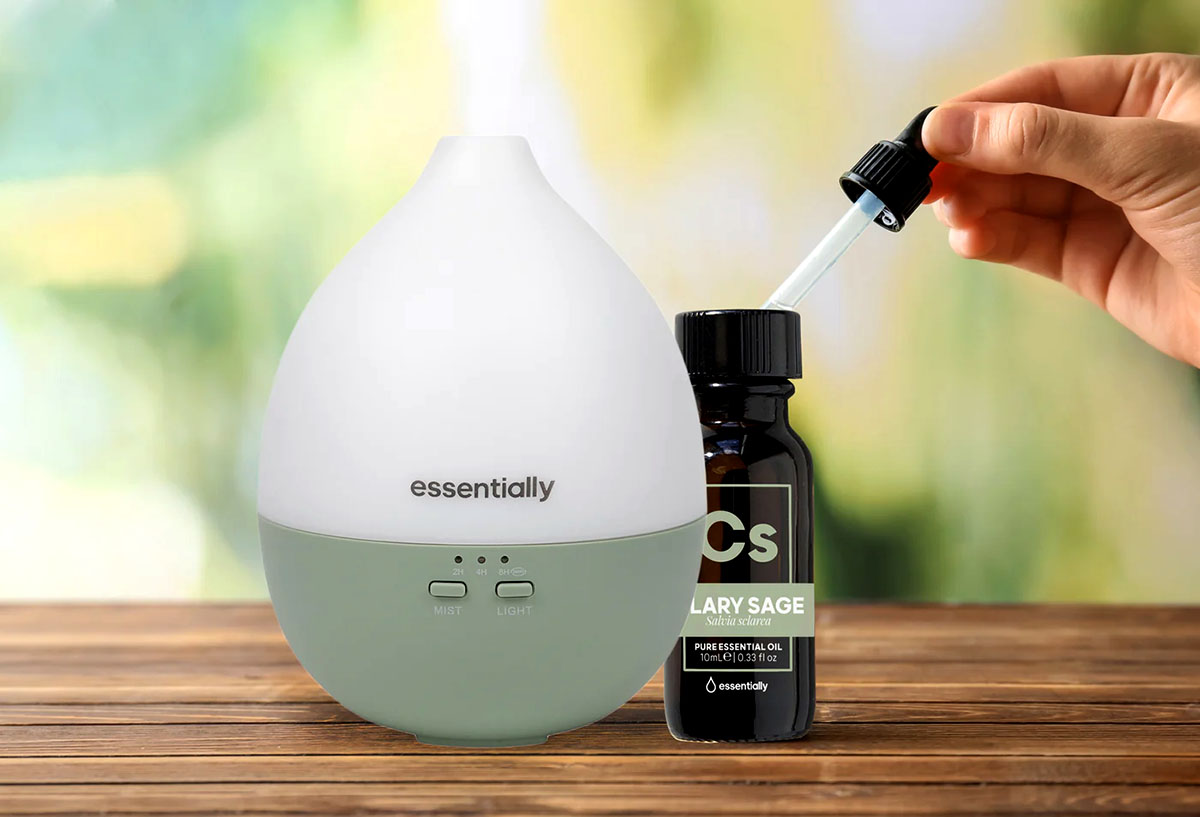
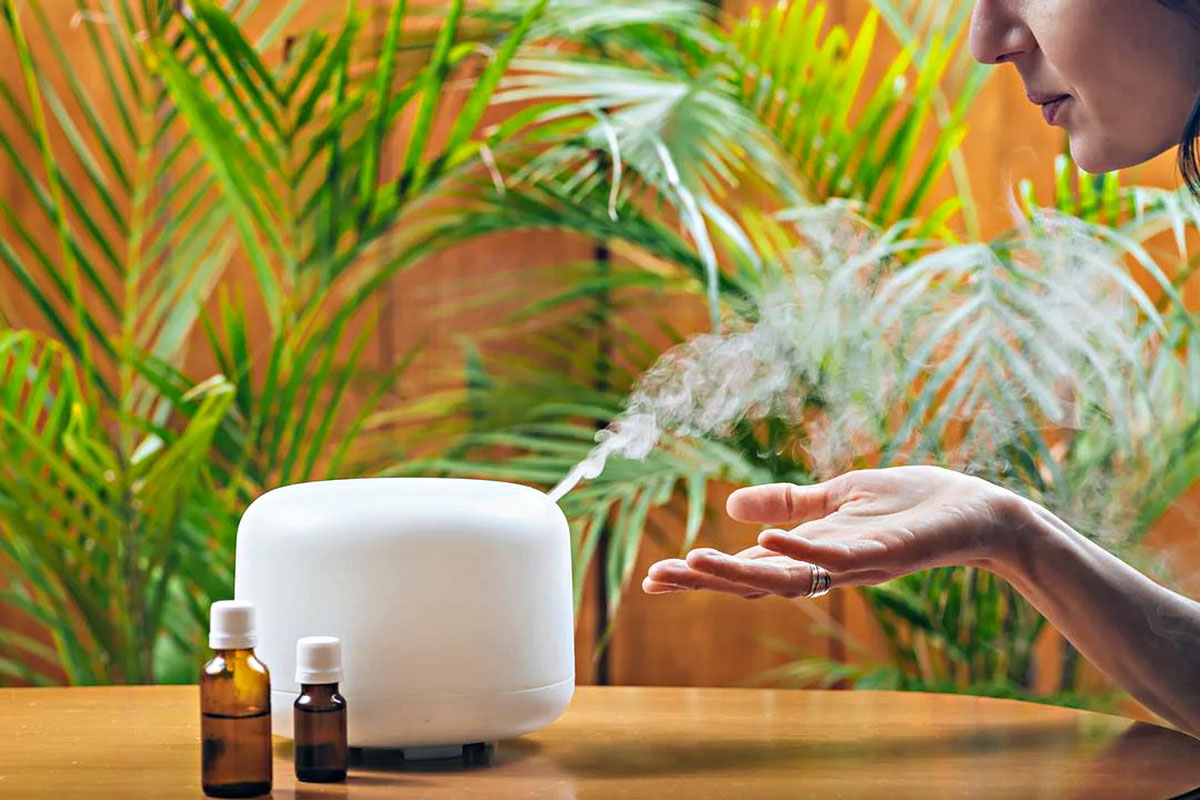

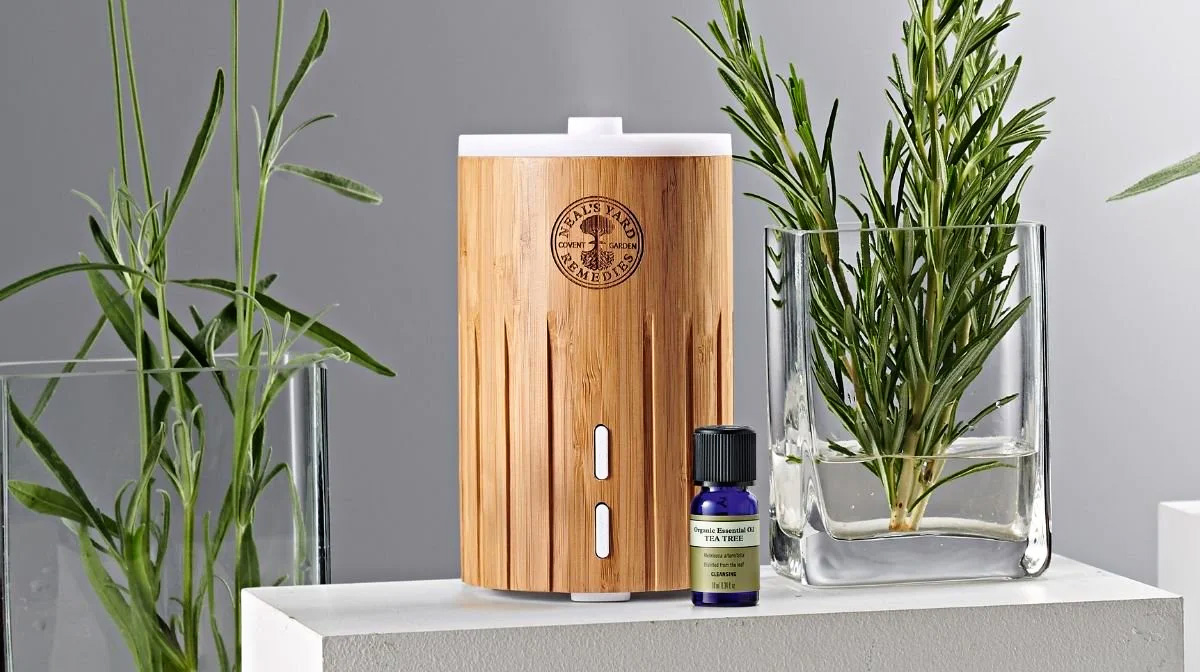

0 thoughts on “What Can You Put In A Diffuser Besides Oil”